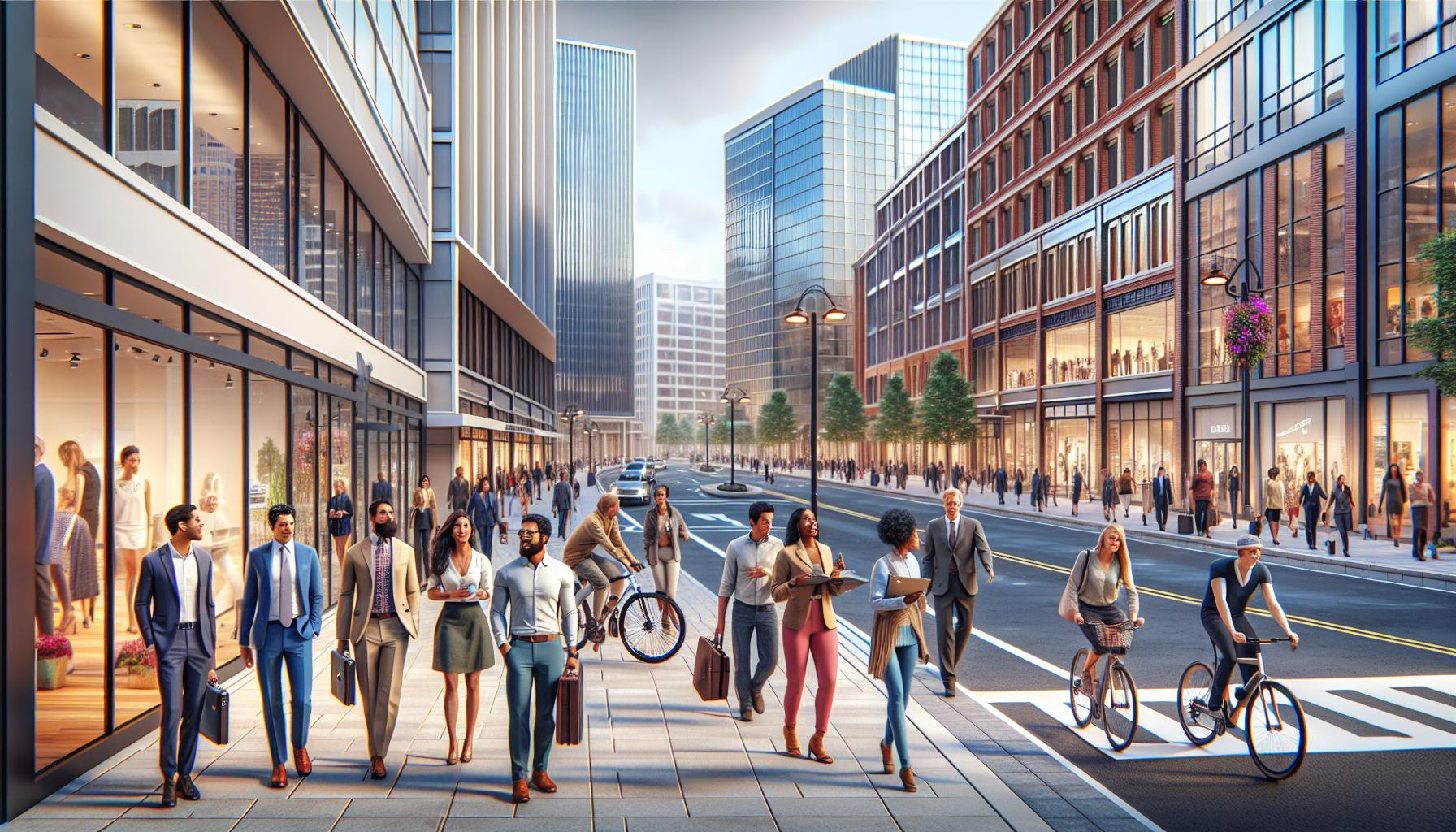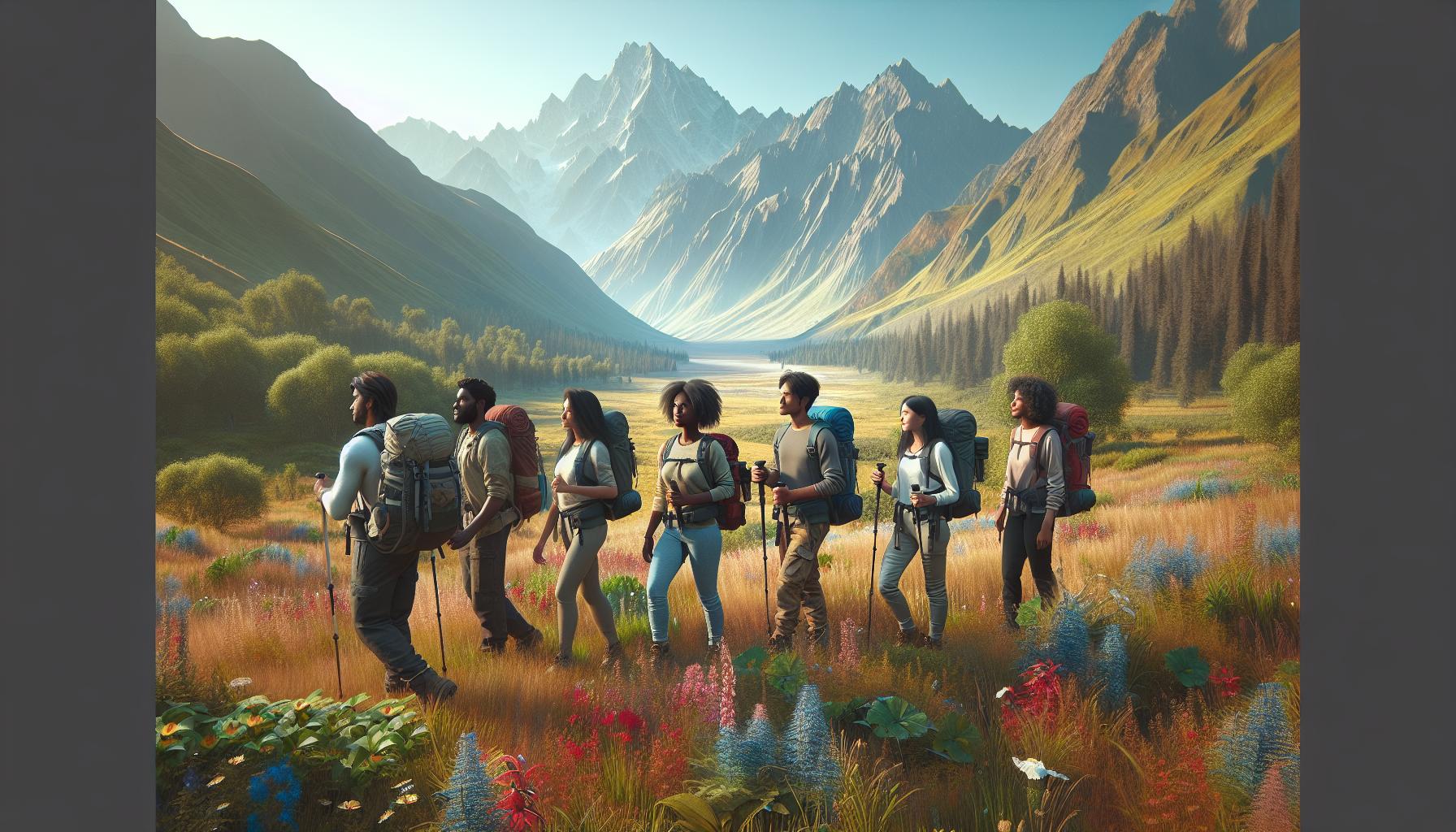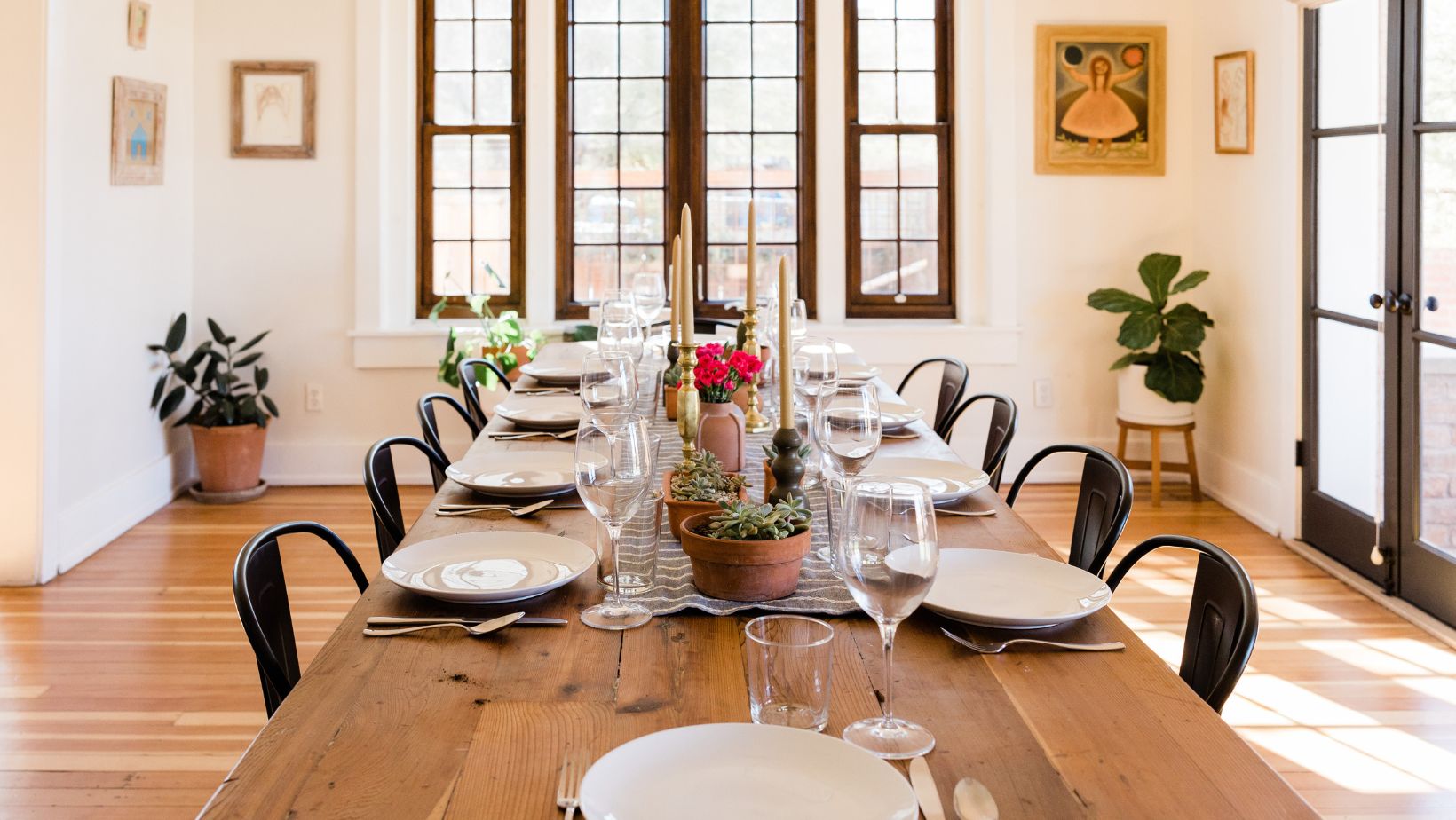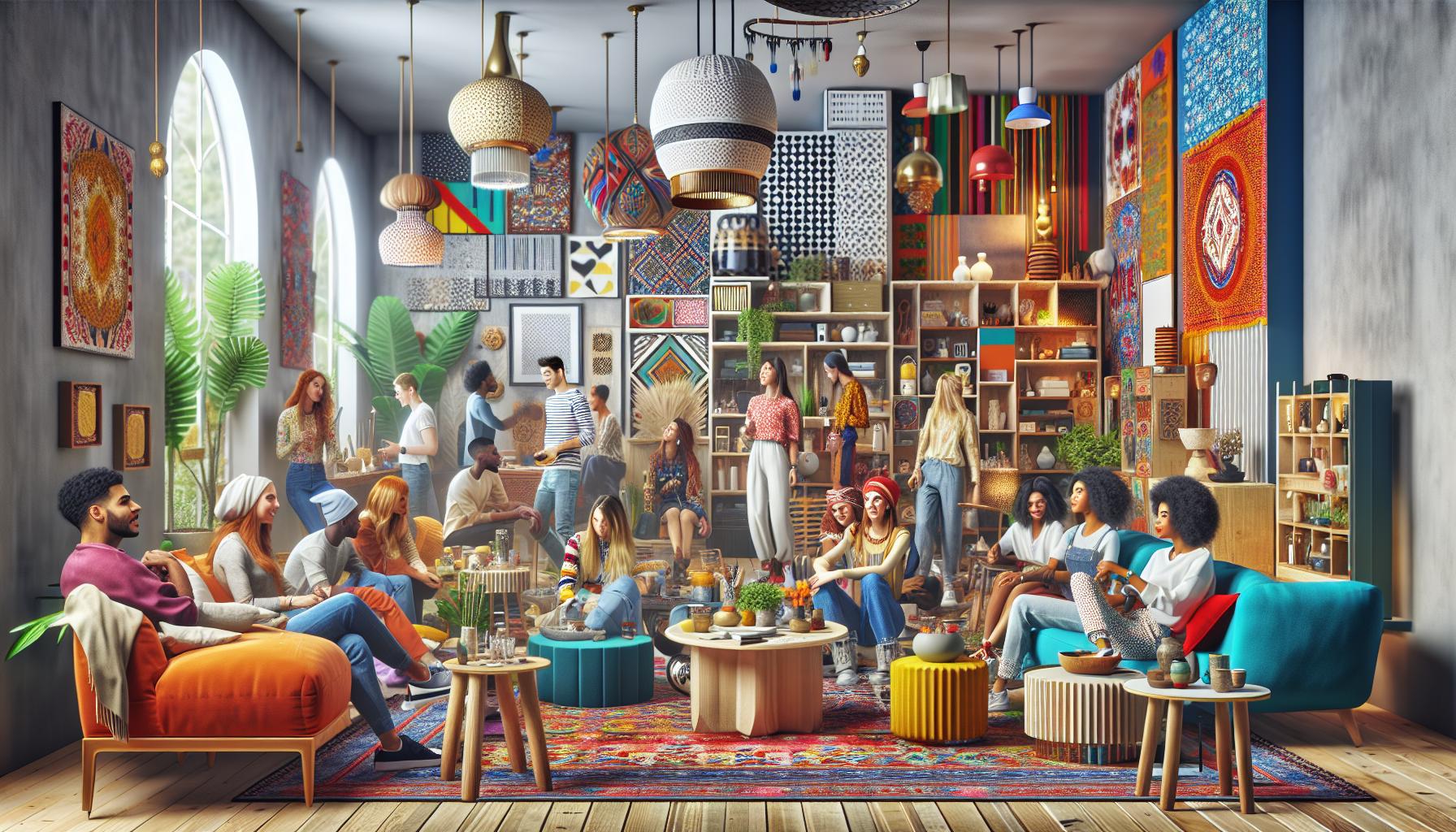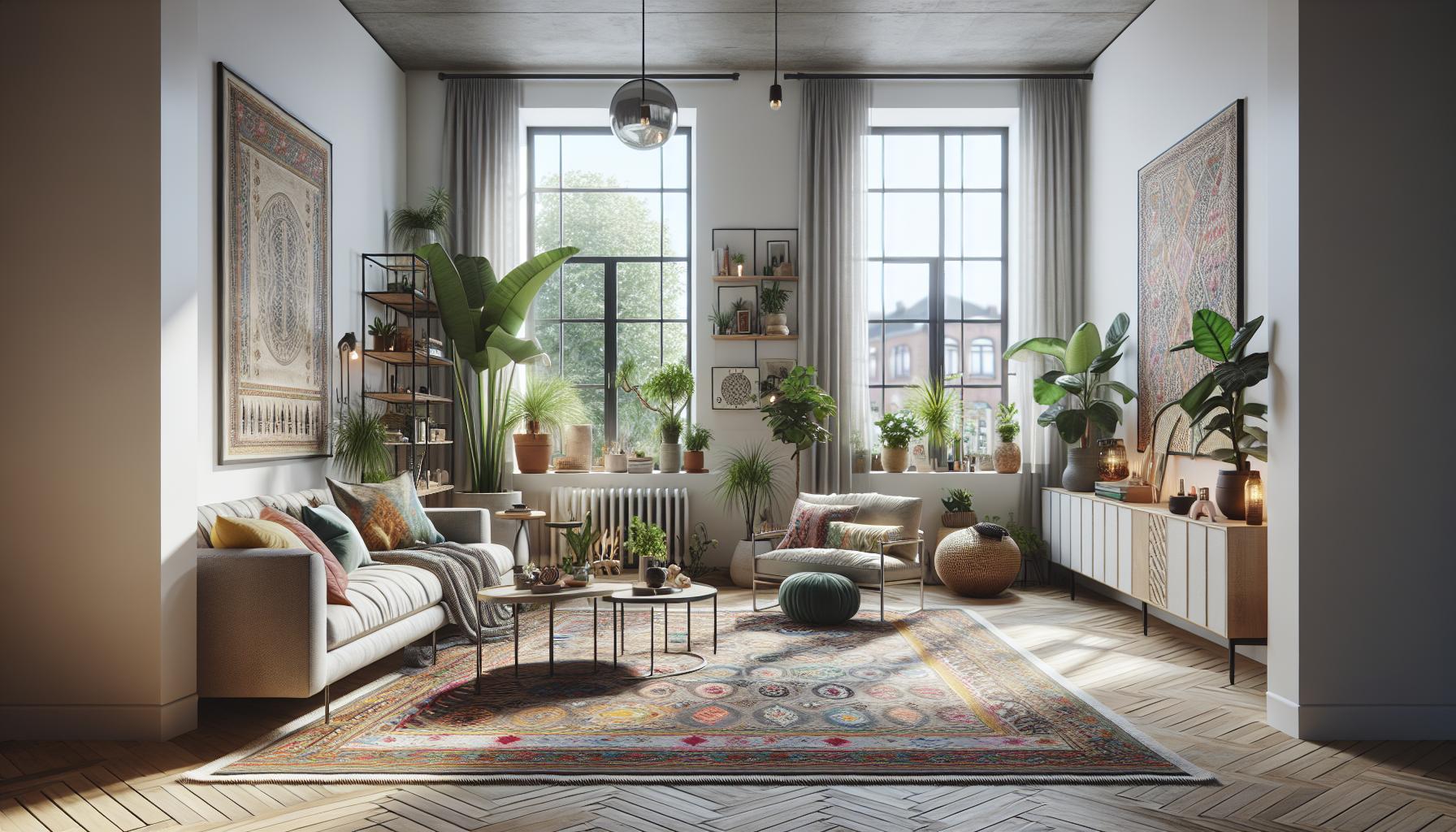“
As a commercial real estate investor in Baltimore, I’ve witnessed the city’s remarkable transformation over the past decade. From the bustling Inner Harbor to the emerging Harbor East district, Baltimore’s commercial real estate market continues to attract savvy investors and businesses looking for growth opportunities.
I’ll tell you why Baltimore’s commercial property landscape stands out. The city’s strategic location along the East Coast, combined with its relatively affordable property values and strong economic fundamentals, creates an attractive environment for commercial real estate investments. Whether you’re interested in office spaces, retail properties, or industrial warehouses, Baltimore’s diverse market offers something for every investor’s portfolio.
Commercial Real Estate Baltimore
Baltimore’s commercial real estate market shows strong growth, with property values increasing 12% in 2023 and diverse opportunities across office, retail, industrial, and mixed-use sectors
Prime investment areas include Harbor East, Port Covington, and the Central Business District, with Class A office space averaging $28 per square foot in downtown areas
Industrial properties maintain low vacancy rates (4.8%) and stable values, while retail spaces command $22-25 per square foot with moderate vacancy rates around 8.3%
Mixed-use developments like Harbor Point and Port Covington are transforming the cityscape, adding millions of square feet of commercial space and creating vibrant community hubs
The market faces challenges from rising interest rates and hybrid work adoption, particularly affecting Class A office properties, but shows resilience through infrastructure improvements and digital upgrades
Baltimore’s Commercial Real Estate Market Overview
Baltimore’s commercial real estate market demonstrates resilience through diversification across multiple sectors. The market’s stability stems from a balanced mix of office, retail, industrial, and mixed-use developments.
Current Market Trends and Valuations
Baltimore’s commercial property values increased 12% in 2023 compared to the previous year. Market data shows Class A office space averaging $28 per square foot in downtown areas while industrial spaces command $8-12 per square foot. The vacancy rates vary significantly by property type:
| Property Type | Vacancy Rate | Avg. Price/Sq Ft |
|---|---|---|
| Office Space | 15.2% | $28 |
| Industrial | 4.8% | $10 |
| Retail | 8.3% | $22 |
| Mixed-Use | 6.5% | $25 |
Key Investment Neighborhoods
Investment opportunities concentrate in these high-growth areas:
- Harbor East features luxury retail spaces mixed with Class A offices
- Canton demonstrates strong demand for mixed-use developments
- Federal Hill attracts boutique retail investments
- Locust Point experiences industrial-to-office conversions
- Mount Vernon maintains steady office occupancy rates
The Port Covington development project adds 235 acres of prime commercial space to the market inventory. Fells Point continues attracting restaurant tenants with historical properties averaging 95% occupancy rates. The CBD (Central Business District) maintains its position as the primary office market with 12 million square feet of leasable space.
Prime Commercial Property Types
Baltimore’s commercial real estate landscape features distinct property categories that cater to diverse business needs. Each property type demonstrates unique market dynamics shaped by location preferences economic factors.
Office Space Market Analysis
Class A office buildings in Baltimore’s Central Business District command premium rates at $28-35 per square foot. The Harbor East district leads with a 92% occupancy rate featuring modern glass towers sleek lobbies upgraded HVAC systems. Downtown Baltimore contains 12 million square feet of office space with properties ranging from historic renovations to new construction targeting technology healthcare financial services firms.
Retail and Industrial Properties
Baltimore’s retail sector thrives in high-traffic areas like Canton Crossing Fells Point Federal Hill with spaces ranging from 1,000 to 50,000 square feet. Industrial properties cluster near I-95 BWI Airport Port of Baltimore offering:
- Distribution centers with 32-foot clear heights modern loading docks
- Flex spaces combining warehouse office showroom uses
- Manufacturing facilities with heavy power infrastructure
- Last-mile delivery hubs near population centers
| Property Type | Average Lease Rate (sq ft) | Vacancy Rate |
|---|---|---|
| Class A Retail | $25-40 | 8.2% |
| Class B Retail | $18-24 | 12.5% |
| Industrial | $8-12 | 4.8% |
Mixed-Use Developments
Mixed-use projects integrate multiple property types creating vibrant community hubs across Baltimore. Harbor Point spans 27 acres combining:
- 1.6 million square feet of office space
- 250,000 square feet of retail
- 1,000 residential units
- 9.5 acres of public space
Port Covington represents Baltimore’s largest mixed-use development adding 235 acres of commercial residential retail space along the waterfront. The project includes 2.5 million square feet of office space 500,000 square feet of retail entertainment venues.
Top Commercial Real Estate Opportunities
Baltimore’s commercial real estate market presents lucrative investment prospects across diverse neighborhoods. Each district offers unique advantages for commercial property investors seeking growth potential.
Downtown Business District
The Downtown Business District features 12 million square feet of prime commercial space with Class A properties averaging $28-35 per square foot. Notable properties include:
- 100 E Pratt Street tower offering 28-story Class A office space with waterfront views
- 250 W Pratt Street complex providing 368,000 square feet of recently renovated space
- One Charles Center presenting modernized office spaces with flexible floor plans
- Transamerica Tower featuring 529,000 square feet of premium office space
Harbor East Development
Harbor East represents Baltimore’s newest luxury commercial district with 92% occupancy rates. Key investment opportunities include:
- Liberty Harbor East mixed-use development spanning 9 acres
- Four Seasons Hotel & Residences complex with ground-floor retail spaces
- Harbor Point expansion adding 3 million square feet of office space
- Exelon’s regional headquarters anchoring 350,000 square feet
- Chapter 1B delivering 1.1 million square feet of office space in 2024
- Rye Street Market offering 275,000 square feet of retail space
- Impact Village providing 50,000 square feet for emerging businesses
- New manufacturing facilities spanning 45 acres along deep water access
Market Challenges and Growth Factors
Baltimore’s commercial real estate market faces distinct challenges while presenting significant growth opportunities. The market dynamics reflect a complex interplay of economic factors infrastructure development requirements.
Economic Impact on Property Values
Baltimore’s commercial property values demonstrate sensitivity to multiple economic variables. Interest rates increased from 3.5% to 6.8% in 2023, affecting cap rates across all property types. Class A office properties experienced a 15% value reduction due to hybrid work adoption, while industrial properties maintained stable values with a 5% annual appreciation rate. The downtown vacancy rate sits at 18%, impacting rental rates in the Central Business District.
| Property Type | Value Change (2023) | Current Cap Rate |
|---|---|---|
| Class A Office | -15% | 7.2% |
| Industrial | +5% | 5.8% |
| Retail | -8% | 6.5% |
| Mixed-Use | -3% | 6.1% |
- Transportation Upgrades
- Light rail extension to Port Covington
- I-95 corridor improvements
- BWI Airport cargo facility expansion
- Utility Enhancements
- 5G network implementation in business districts
- Green energy grid modernization
- Stormwater management system updates
- Digital Infrastructure
- Municipal fiber network expansion
- Smart city technology integration
- Public WiFi zones in commercial areas
Working With Baltimore Real Estate Professionals
Professional guidance enhances commercial real estate transactions in Baltimore’s dynamic market. Local experts provide essential market insights, negotiation expertise, and access to off-market opportunities.
Finding the Right Commercial Broker
Commercial brokers in Baltimore specialize in distinct property categories: office, retail, industrial, or mixed-use developments. The top commercial brokerages include CBRE, JLL, Cushman & Wakefield, MacKenzie Commercial Real Estate Services, and NAI KLNB. A broker’s track record shows through:
- Transaction volume in specific submarkets (Harbor East, CBD, Canton)
- Years of experience in Baltimore’s commercial sector
- Market share in property type specialization
- Professional designations (CCIM, SIOR, CPM)
- Client testimonials from similar transactions
Due Diligence Process
The due diligence phase involves systematic verification of property details through:
Property Documentation Review:
- Title reports from Baltimore City records
- Environmental assessments (Phase I, II)
- Zoning compliance certificates
- Building inspection reports
- Property tax assessments
Financial Analysis:
- Current lease agreements
- Operating expenses
- Property income statements
- Tax records (3-5 years)
- Capital expenditure history
- Comparable sales within 1-mile radius
- Local development pipeline impacts
- Traffic counts for retail locations
- Tenant mix analysis
- Infrastructure improvement plans
Each document requires review by qualified professionals:
- Commercial property inspectors
- Environmental engineers
- Title companies
- Financial analysts
- Legal counsel
A thorough due diligence process takes 30-45 days for standard commercial properties or 60-90 days for larger mixed-use developments.
Baltimore’s commercial real estate market stands as a beacon of opportunity for savvy investors. I’ve seen firsthand how the city’s strategic location mixed-use developments and competitive pricing create an ideal environment for commercial ventures.
The market’s resilience through diversification coupled with ongoing infrastructure improvements positions Baltimore as a prime destination for commercial real estate investment. With strong growth in areas like Harbor East and promising developments such as Port Covington I believe Baltimore’s commercial real estate sector will continue its upward trajectory.
Whether you’re considering office retail industrial or mixed-use properties Baltimore offers compelling opportunities backed by solid market fundamentals and favorable investment conditions. It’s clear that now is an optimal time to explore commercial real estate opportunities in this dynamic East Coast hub.”
